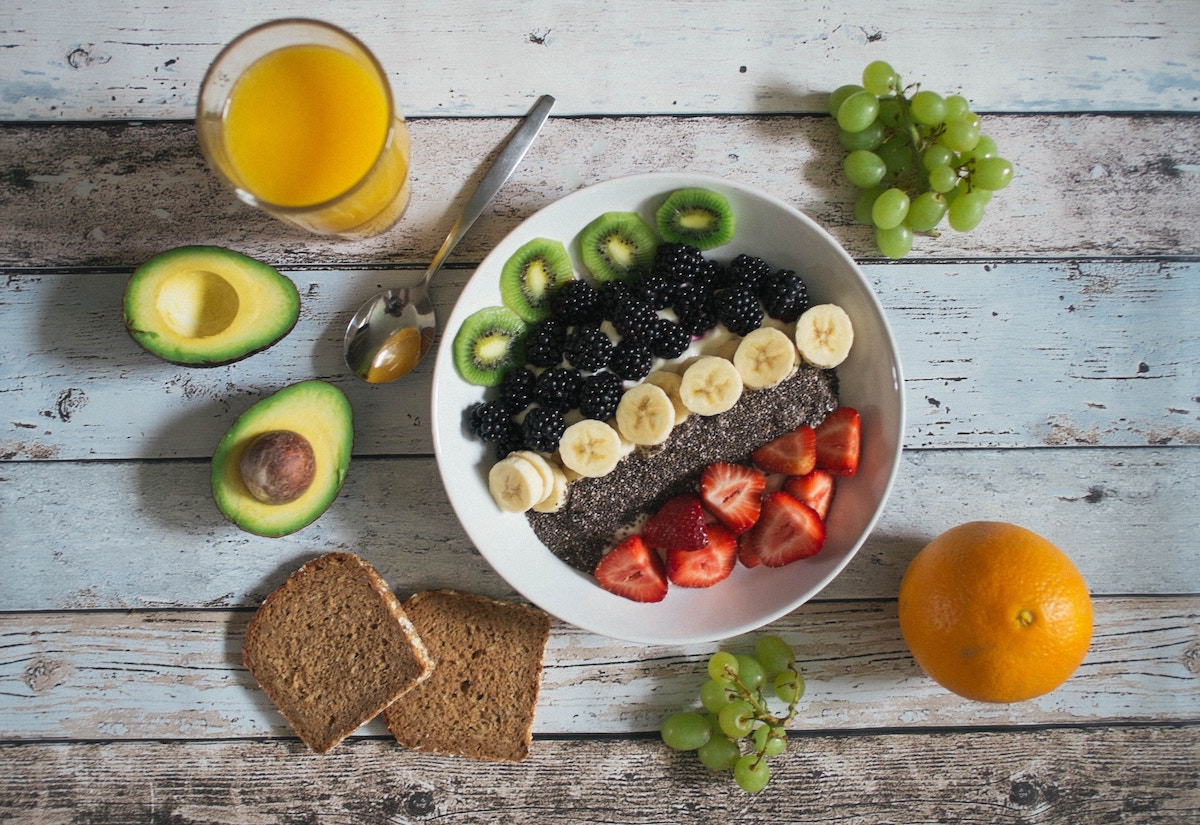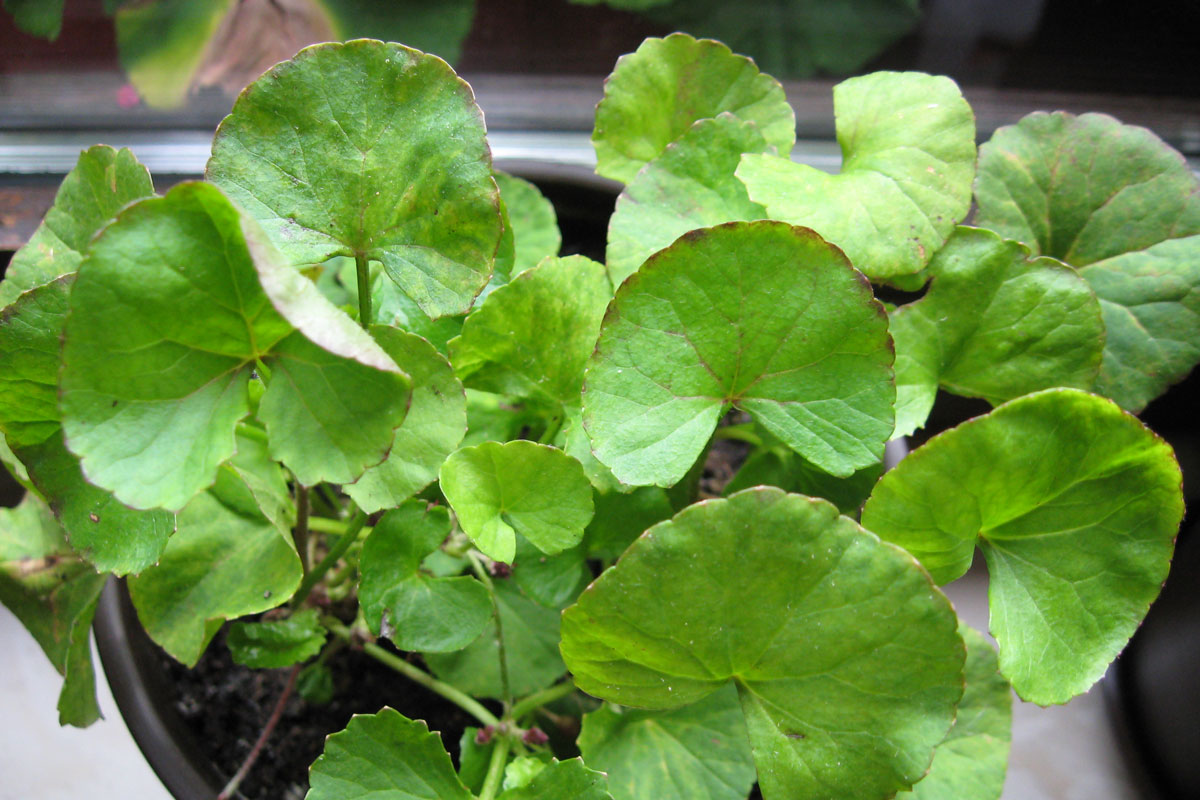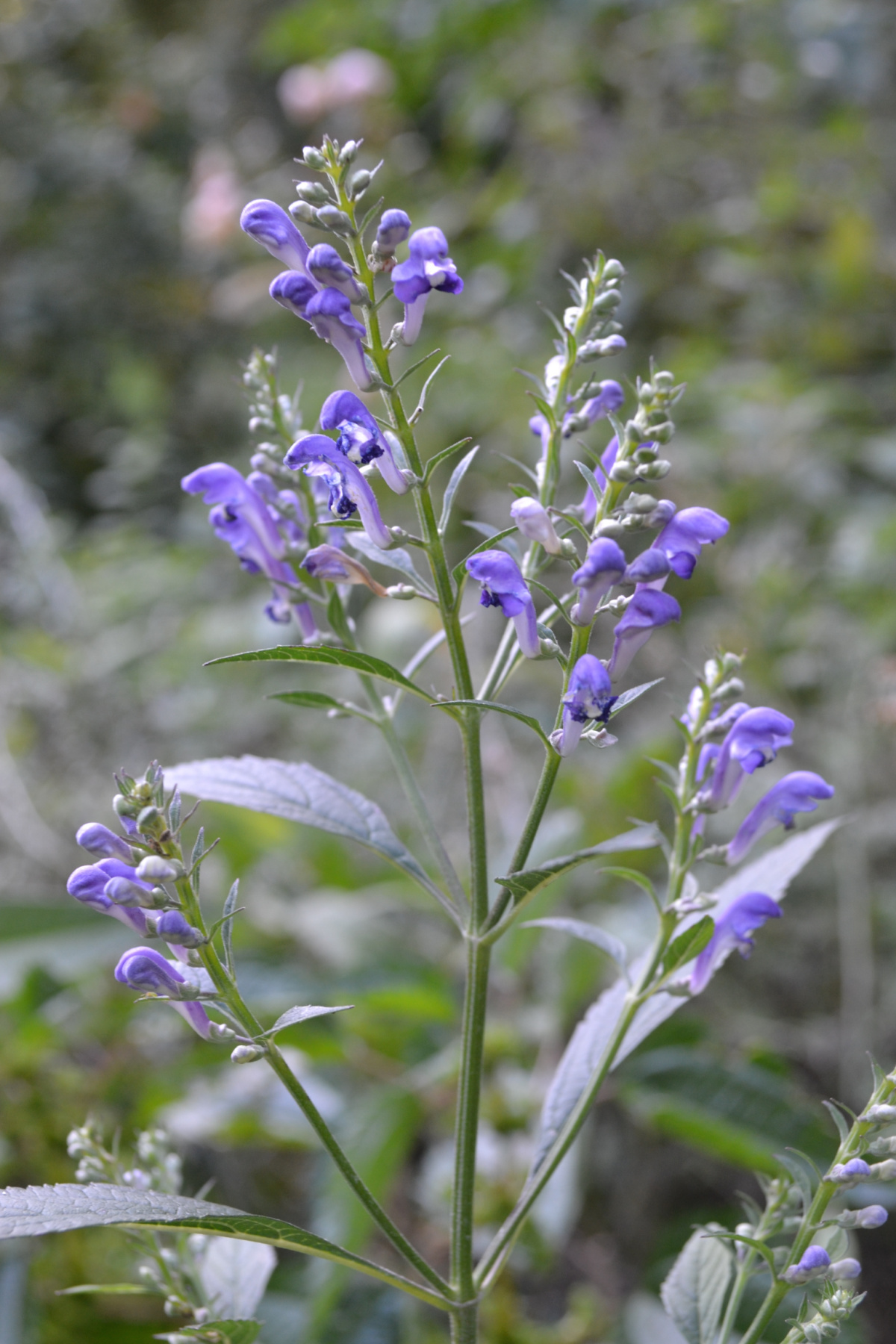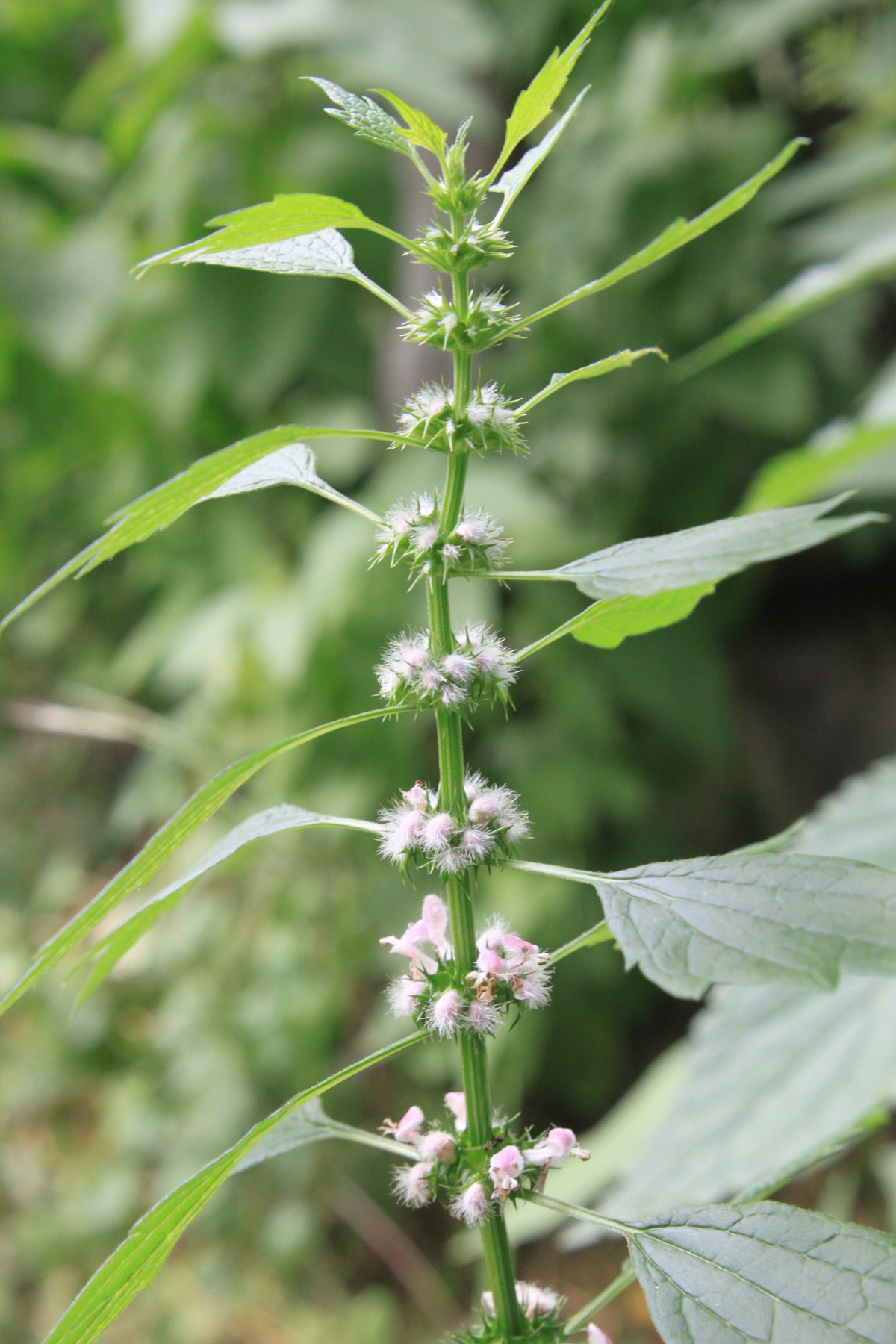
Mood and Mental Support for Pitta Dosha
Pitta dosha, the most fiery of the three ayurvedic types, relates to solar energy and rules the summer season. Pitta types run warm, tend to have warm-colored complexions, and aren’t afraid of competition and intensity. In fact, they welcome it (sometimes to their own detriment!). These bold, fiery types are naturally intense, driven, and competitive, and can make excellent leaders, scientists, and entrepreneurs. However, needless to say, each dosha has its light and dark side. This article will provide tips for mood and mental support for pitta dosha, so that even pitta types can keep a cool head throughout the summer heat.

Pitta Psychology
Gut health and digestive balance are foundational in Ayurveda. If you are looking for some ideas on pitta-pacifying foods, you may want to read my post Cooling Recipes for Managing Pitta Dosha for recipes and foods ideas. Yet, equally important is the care of the mind and the emotions—the subtle layers. In Ayurveda, the mind relates to the majja dhatu (nervous system), as well as the manovaha srota (mind channel) (Frawley, 2000). It is said that the manovaha srota originates in the heart (Frawley, 2000), so taking time to soothe and balance the heart and mind can go a long way in providing mood and mental support for pitta dosha.
Before diving into practical ways to balance and support pitta dosha on a subtle level, let’s first better understand the characteristics of these fiery, determined types. Pitta dosha is likened to a ram, and in the words of ayurvedic practitioner, teacher, and author Maya Tiwari, “Energy, ambition, and aggression are the primary qualities of pitta” (1995, p. 48). Of course, this does not mean that all pitta types are aggressive and domineering, but slowing down and considering others can be a challenge for many pitta types. In fact, patience and non-judgement may be lifelong lessons. Sharpness is another pitta quality, and this can manifest as both a sharp intellect and a sharp tongue. So indeed pitta’s piercing quality is a double-edged sword!
All that said, it’s all about balance. As self-awareness grows, pitta types can learn to curb excessive anger, heat, and judgement so that their more positive attributes of clarity, insight, organization, courage, and leadership shine through. Herbal allies and lifestyle choices that cool the mind and soothe the nerves are generally helpful for pitta dosha. Cooling, quieting practices are also especially supportive during the summer months—the time of year in which pitta dosha and pitta qualities most predominate.

Mood and Mental Support for Pitta Dosha: Lifestyle
A well-chosen diet and herbal allies can go a long way in cooling the flames of pitta dosha. Yet, without lifestyle support, progress will be limited. Ayurveda teaches that how you eat is as important as what you eat. Similarly, choices around sleep, exercise, work, and other daily activities can have a big impact on wellbeing.
Lay Low During Pitta Time of Day
In my post How to Schedule Your Day Based on Natural Energy Levels you can learn more about which dosha predominates at which time of day. But, in a nutshell, 10am-2pm and 10pm-2am are the times of day in which pitta energy is strongest. Not surprisingly, pitta dosha is considered to have a strong influence during the heat of the day and when the sun is at its highest in the sky. This is especially true during the hot summer months.
How does this translate into practical guidelines? Essentially, it is best to avoid activities that increase or aggravate pitta dosha during midday, particularly during the summer and particularly if pitta dosha is strongest in your constitution. For example, many pitta types are naturally athletic and are drawn to high-energy sports such as running, cycling, tennis, and swimming. “Sweating it out” is often relieving and freeing for pitta types. However, during the summer months, it is best to do these activities during the morning or evening—the cooler times of day in which vata and kapha energies are stronger (Tiwari, 1995). Also, it is important for pitta types to keep their sense of competition in check and to prioritize doing their personal best. Otherwise, athletic activities (especially under the hot sun) can further fan the pitta flames.

Feed Your Belly, Cool Your Head
As mentioned earlier, pitta types are typically quite driven and ambitious. Also, one translation for pitta dosha is “that which digests things” (Frawley, 2000). Pitta governs digestion in the gut as well as on a cellular and mental level; it relates to how we digest and assimilate information as well as how we digest food. Therefore, pitta types tend to have a strong, sharp appetite. However, sometimes their mental drive can override their bodily needs and they may end up plowing through meal times in order to get more work done or to accomplish various daily tasks. Though pitta types tend to thrive on a sense of accomplishment, skipping meals is usually not a good idea. This can lead to impatience, feeling cranky, and even blood-sugar crashes (basically your typical ‘hangry’ mess). Therefore, it is vital that pitta types learn to put their work and responsibilities down for a midday meal—even if briefly.
That said, depending on your daily duties, this can be much easier said than done. For instance, in my Ayurveda practice, I have worked with a number of parents of young children. The saying “a mother’s work is never done” certainly rings true. When you are chasing toddlers around the house it can be challenging to sit down for a proper lunch, but even small efforts make a big difference. For instance, taking a few slow breaths before tucking into lunch is one way to slow down and be present, even if for a few moments. Likewise, there are many jobs that don’t offer proper lunch breaks. This may be unavoidable. Yet again, even small changes can make a difference. Simple acts that indicate to your body and mind that it is rest-and-digest time can be quite powerful, such as stepping away from the thick of work, looking out a window instead of at a computer screen, or having a moment of silent gratitude. Something is indeed better than nothing and a couple of seconds of peace are better than none at all!

Get Your Zzz’s
As mentioned earlier, in addition to midday, 10pm-2am is also a time ruled by pitta dosha. Therefore, it is important to be wary of engaging in pitta-increasing activities during this time. No surprise, sound sleep is generally the ideal activity for 10pm-2am. Interestingly enough, the night owls among us may find that they get their “second wind” around 10pm. If staying up late is a habit that works for you and you are able to get plenty of good quality sleep, then don’t mess with a good thing, right? However, if you find yourself staying up later than you intend or waking up feeling groggy and fatigued, you may want to consider hitting the hay before 10pm, when pitta is on the rise. All that fire energy can make you hungry—not only for food, but for ideas and projects—anything to serve as fuel for pitta’s voracious appetite. Therefore, it is advisable to circumvent this rising pitta energy by getting to bed before 10pm.
Herbal Allies for Pitta Dosha
If you are curious about herbs to cool and balance pitta dosha, there are a number of lovely cooling herbs that are great for quelling pitta flames. In fact, you can check out our ebook Cooling Herbs for Hot Summer Days for wonderful insights on staying cool during the summertime. Also, gotu kola (Centella asiatica), skullcap (Scutellaria lateriflora), and motherwort (Leonurus cardiaca) are three herbs that I will discuss here for easing excess pitta dosha that affects the mind, nervous system, and emotions.

Gotu Kola (Centella asiatica)
Gotu kola is a spinach-like plant with a bitter, sweet, and astringent taste, a cool energy, and a nourishing post-digestive effect (Dass, 2013). Technically speaking, it pacifies all three doshas, but gotu kola is strongly associated with pitta imbalances. It is a cooling nervine, alterative, and rejuvenative (Dass, 2013). In fact, gotu kola is considered a rejuvenative tonic for the mind and nervous system, making it perfect for pitta-type mental fatigue and exhaustion. Furthermore, gotu kola has applications beyond nervous system support; it assists liver, spleen, and pancreatic function, and its alterative properties make it useful for stubborn skin conditions. In addition, gotu kola is considered sattvic, meaning it has a purifying, clearing energy (Dass, 2013). Consider gotu kola as a tincture, infused ghee, powder, or capsule.

Skullcap (Scutellaria lateriflora)
Like gotu kola, skullcap has a sattvic energy. This flowering herb is especially good for easing hot, fiery emotions like anger and jealousy (Frawley & Lad, 2001). In addition, skullcap calms the heart and relaxes the nerves. Plus, it has antispasmodic properties, making it useful for spasms, seizures, tremors, and headaches. Furthermore, skullcap is a good choice for anxiety, worry, nervous tension, and stress (Dass, 2013). Of particular interest to pitta types, this cooling, bitter-tasting nervine from the mint family balances pitta in the mind, soothing restlessness and mental overdrive (Dass, 2013).
Among skullcap’s more amusing nicknames are “mad-dog skullcap” and “madweed,” indicating its traditional usage in cases of rabies and extreme mental illness (Whelan, n.d.). Though skullcap is not to be relied upon for such serious medical conditions, its relaxing, nervine, antispasmodic effects qualify it as an herb with broad applications. Skullcap is usually taken as a tincture or capsule, and can be combined with other nervines such as lemon balm and passionflower to make a relaxing herbal infusion (Whelan, n.d.).

Motherwort (Leonurus cardiaca)
Motherwort is a bitter and pungent-tasting herb with a cool energy (Dass, 2013). Another plant ally from the mint family, its cool energy (referred to as virya in Ayurveda) makes it suitable for pitta dosha. In Ayurveda, herbs and foods are also classified as having a nourishing (sweet) or purifying (pungent) post-digestive effect. Motherwort is considered to be a purifying herb (Dass, 2013).
The name cardiaca points to motherwort’s usage in supporting heart health. Herbalist Richard Whelan (n.d.) reports that he personally has a high degree of respect for motherwort as far as its ability to shift stuck tension, stress, and emotions held in the heart. To that end, motherwort is suggested for heart palpitations, nervous tension, insomnia, and tachycardia (fast heartbeat) (Dass, 2013). These symptoms may be associated with vata dosha. However, pitta types are prone to carrying a great deal of stress and tension, especially in the heart region. Therefore, motherwort may be a useful herb for stressed-out pitta types.
Motherwort is also traditionally used as an emmenagogue—for regulating menstruation and encouraging delayed or absent menses (Dass, 2013). It is contraindicated for pregnancy and heavy menstrual bleeding as it can promote uterine contractions and menstrual flow.
In Closing,
Summer is the season of pitta dosha and therefore these driven fire dragons need to be especially careful to keep their heat in check during the hot months. Fortunately, through diet, herbs, and lifestyle practices, there are many ways to balance pitta dosha during the summer—and all year round for that matter. Pitta types have enough natural heat and fire to build a bonfire, so they do well to keep cool in all that they do. Staying out of the midday summer sun, eating cooling foods on a regular basis, and taking support from cooling, soothing herbs are some of the ways in which pitta dosha’s mood and mental health can be supported.

REFERENCES
Dass, V. (2013). Ayurvedic herbology East & West. Twin Lakes, WI: Lotus Press.
Frawley, D. (2000). Ayurvedic healing: A comprehensive guide. Twin Lakes, WI: Lotus Press.
Frawley, D., & Lad, V. (2001). The yoga of herbs: An ayurvedic guide to herbal medicine. Twin Lakes, WI: Lotus Press.
Tiwari, M. (1995). A life of balance: The complete guide to ayurvedic nutrition & body types with recipes. Rochester, VT: Healing Arts Press.
Whelan, R. (n.d). Herbs from A-Z: Skullcap [Website]. Retrieved from https://www.rjwhelan.co.nz/herbs%20A-Z/skullcap.html









